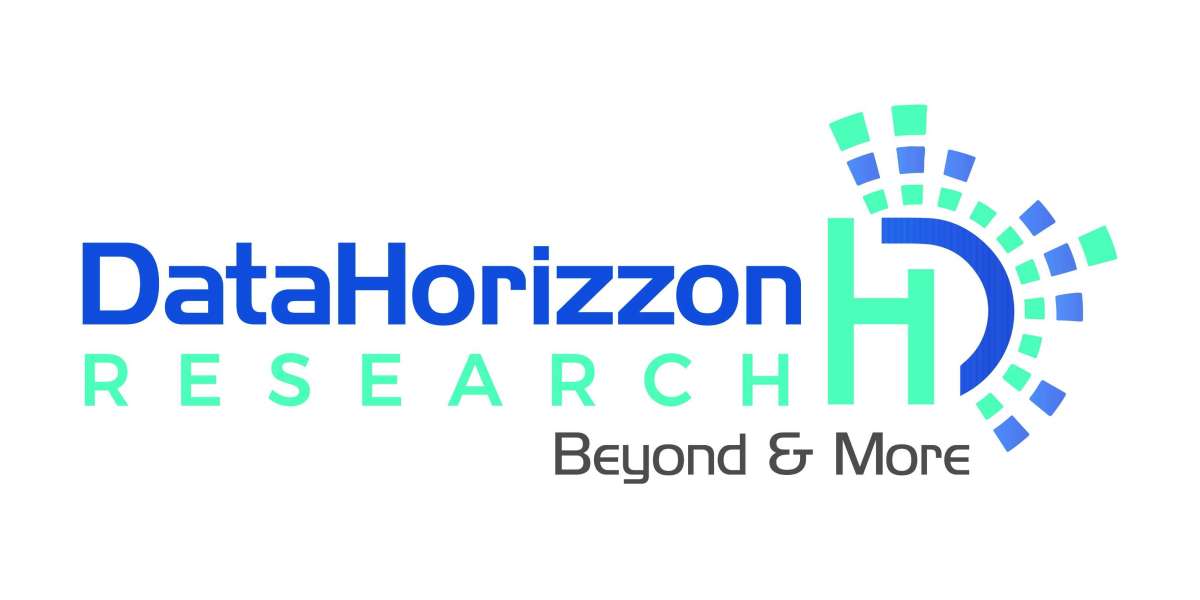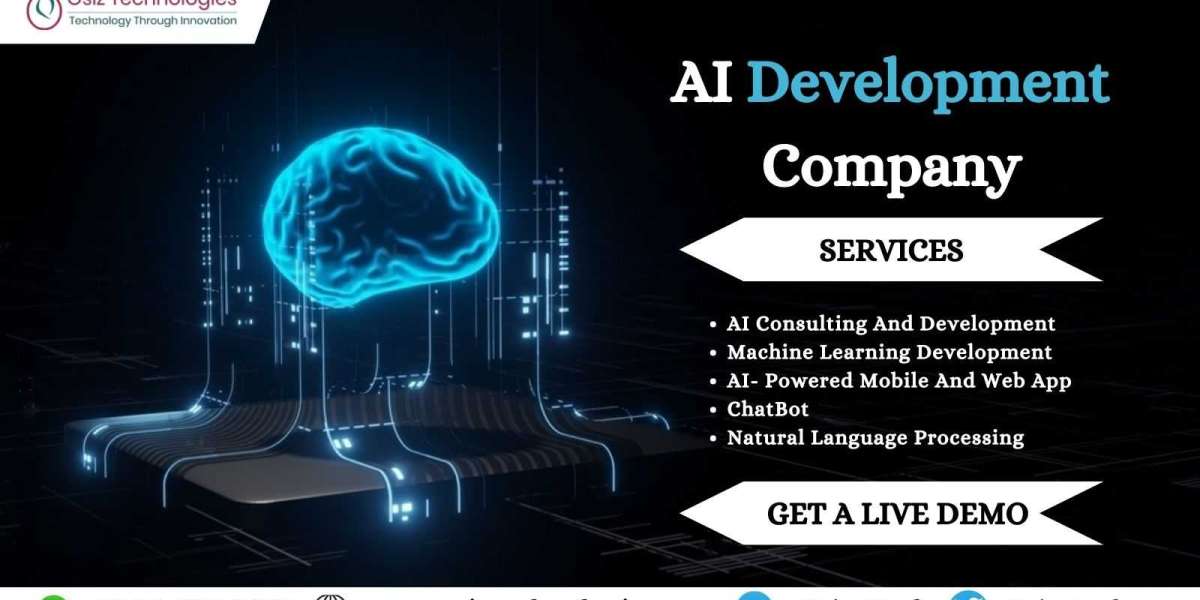The 3D stacked die packaging market was gaining traction due to the growing demand for higher computing power and miniaturized electronic devices. This technology allowed for better integration of different functionalities and helped overcome some of the limitations of Moore's Law, which predicted the doubling of transistors on a chip every two years.
Key advantages of 3D stacked die packaging include:
Performance: By stacking multiple dies vertically, shorter interconnects can be used, reducing signal delay and improving overall performance.
Form Factor: 3D packaging enables the creation of compact devices, which is especially crucial for mobile devices and wearables.
Power Efficiency: Shorter interconnects also result in reduced power consumption, as the energy required to transmit signals is lower.
Integration: Different functional components, such as processors, memory, and sensors, can be stacked together, improving system integration and reducing the distance signals need to travel.
Heat Dissipation: Stacking dies allows for more efficient heat dissipation through the use of through-silicon vias (TSVs) and thermal management techniques.
Cost Savings: While initially expensive to develop and manufacture, 3D packaging can potentially reduce overall system costs by optimizing chip area and performance.








